DOE: plug-in vehicles in US displaced 323M gallons of gasoline in 2018; ~0.25%
Green Car Congress
MAY 14, 2019
In 2018, plug-in light-duty vehicles on the road displaced 323 million gallons of gasoline—about one quarter of a percent of all gasoline used in the United States, according to the US Department of Energy (DOE). Gasoline displacement from plug-in vehicles is about 42% more than it was in. Source: DOE.


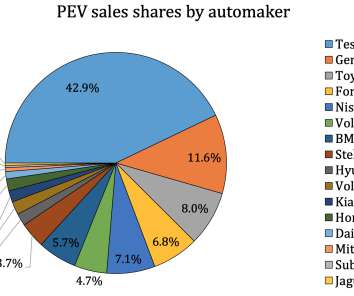


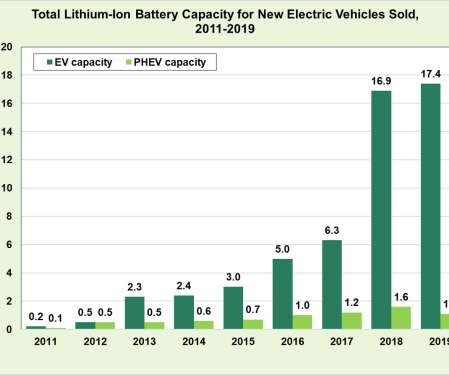


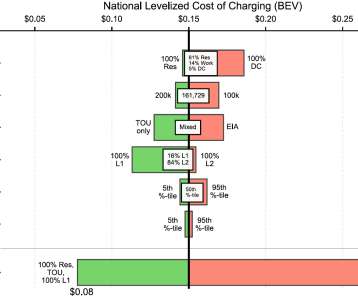











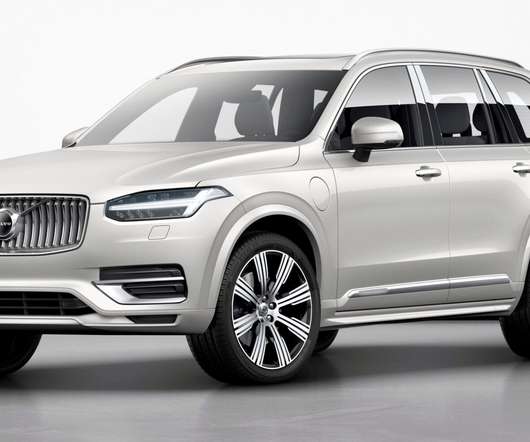



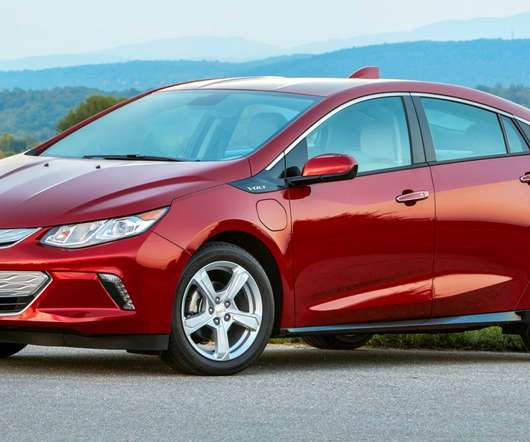
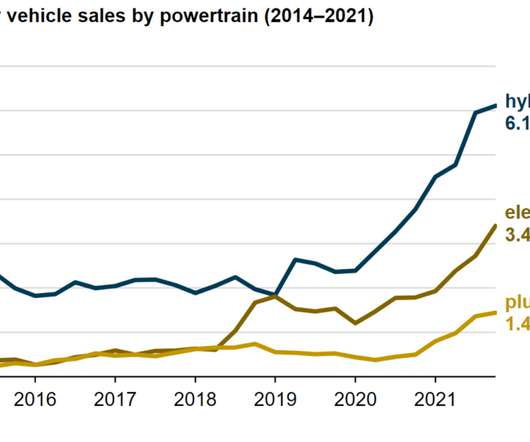
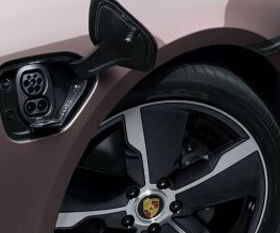



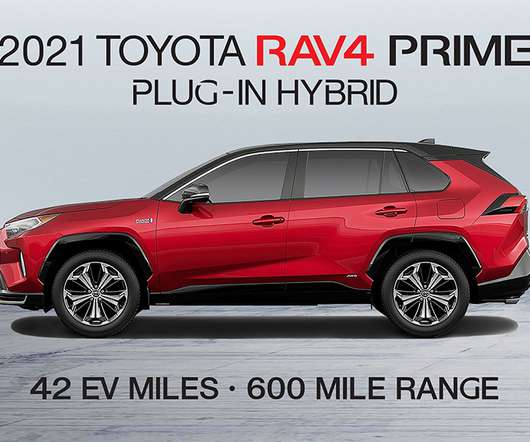

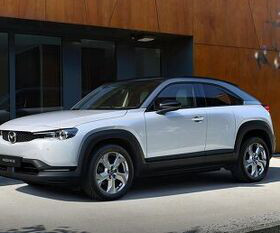
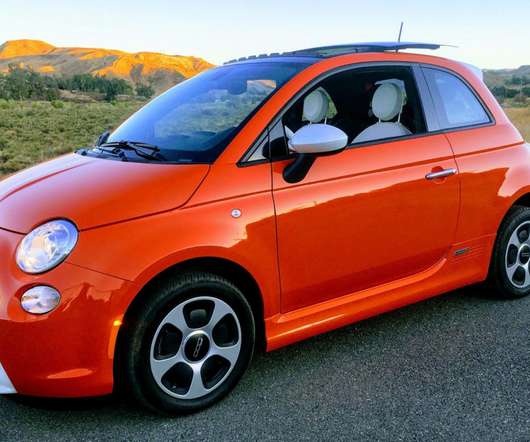








Let's personalize your content